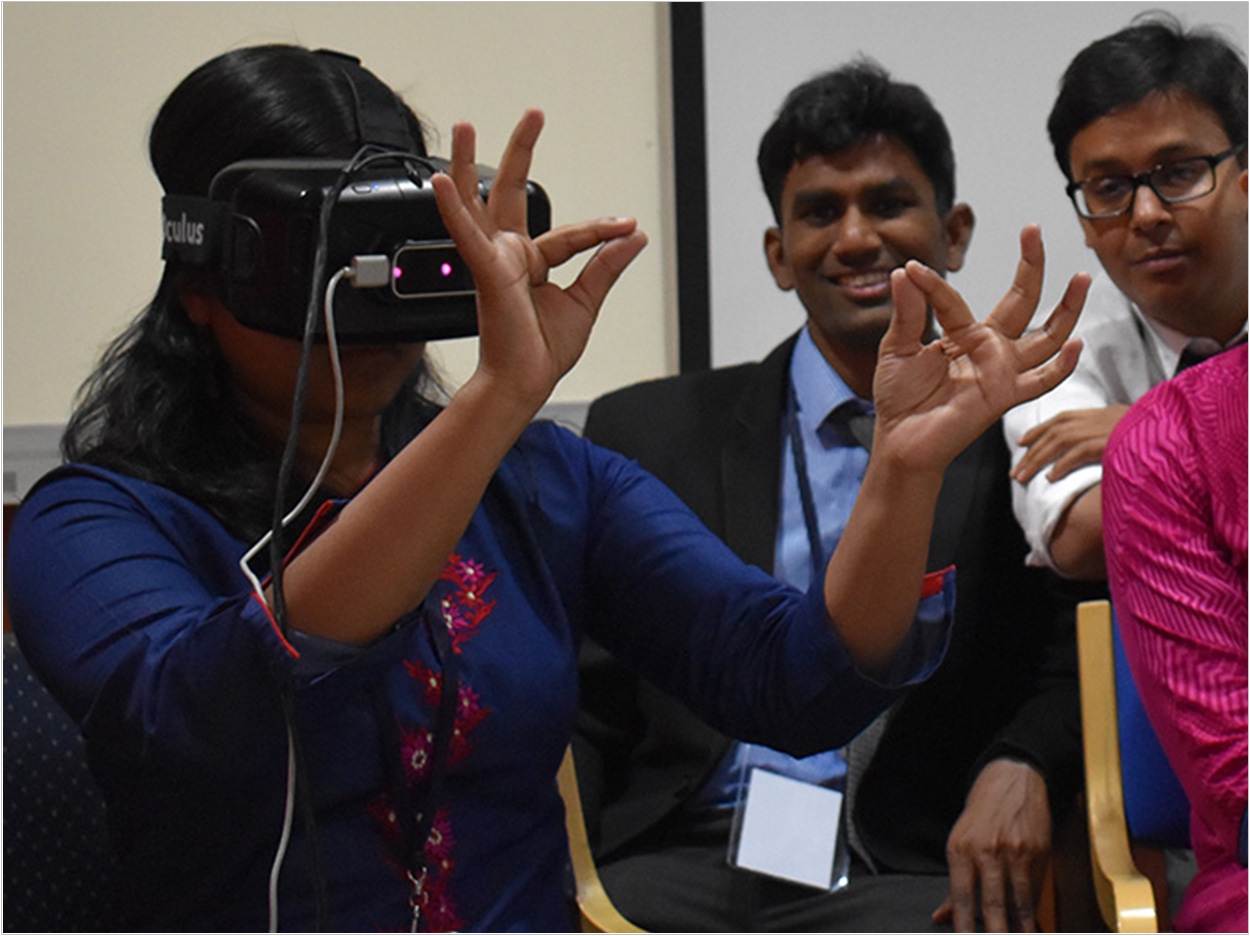
Immersive technologies such as virtual reality (VR) and augmented reality (AR) could be used to improve healthcare education and training, according to the University of Huddersfield and the University of Leeds.
Researchers visited seven dental schools in India in 2017 to test how they used VR-based training materials.
Yeshwanth Pulijala, who was a PhD researcher at Huddersfield at the time, was interested in technology and education as well as in using VR for dental training.
Meanwhile, Huddersfield PhD graduate Matthew Pears was looking at soft skills and situation awareness, which could be applied to investigating how dentists keep track of what goes on around them.
“They were similar subjects, although with different emphases, so it seemed a natural area for collaboration,” said researcher David Peebles, director of the University of Huddersfield’s Centre for Cognition and Neuroscience.
The study that resulted from that visit argues for greater standardization of how to use immersive technologies in healthcare training and education.
“It’s about developing a set of principles and guidelines for the use of immersive technology in medical treatment,” said Peebles.
“Immersive technology is becoming increasingly popular and, as the technology is advancing, it’s becoming clear that there is great potential to make training more accessible and effective,” Peebles continued.
“It is important, however, that research is driven by the needs of the user and existing evidence rather than the technology,” he said.
“Rather than thinking, ‘We have a new bit of VR or AR kit. What can we do with it?’ we should be looking at the problem that needs solving. What are the learning needs, so how do we use technology to solve it?” he said.
“Developing immersive training materials can be very time-consuming and difficult to evaluate properly. Getting surgeons and medical students to take time out to test your VR training is challenging,” Peebles said.
Ashraf Ayoub, a professor of oral and maxillofacial surgery at the University of Glasgow, granted the researchers permission to film a surgical procedure.
The researchers then transformed that footage into a 3D environment to train students about situational awareness in the operating theater.
Peebles hopes the work so far will provide a basis for more investigations that could help get the most from the potential that VR and immersive technology have to offer.
“Conducting these kinds of studies is difficult to do well, in particular getting sufficient quantitative data that allows you to rigorously evaluate them,” Peebles said.
“As the report recommends, more collaboration is required to pool technological and intellectual resources to try to develop a set of standards and a community that works together to boost and improve research in this area,” he said.
The study, “Three Principles for the Progress of Immersive Technologies in Healthcare Training and Education,” was published by BMJ Simulation & Technology Advanced Learning.
Related Articles
Grant to Fund Use of Virtual Reality at Dental School
Listerine Takes Patient Education into Virtual Reality
Virtual Reality “Flips” Dental School Lectures


